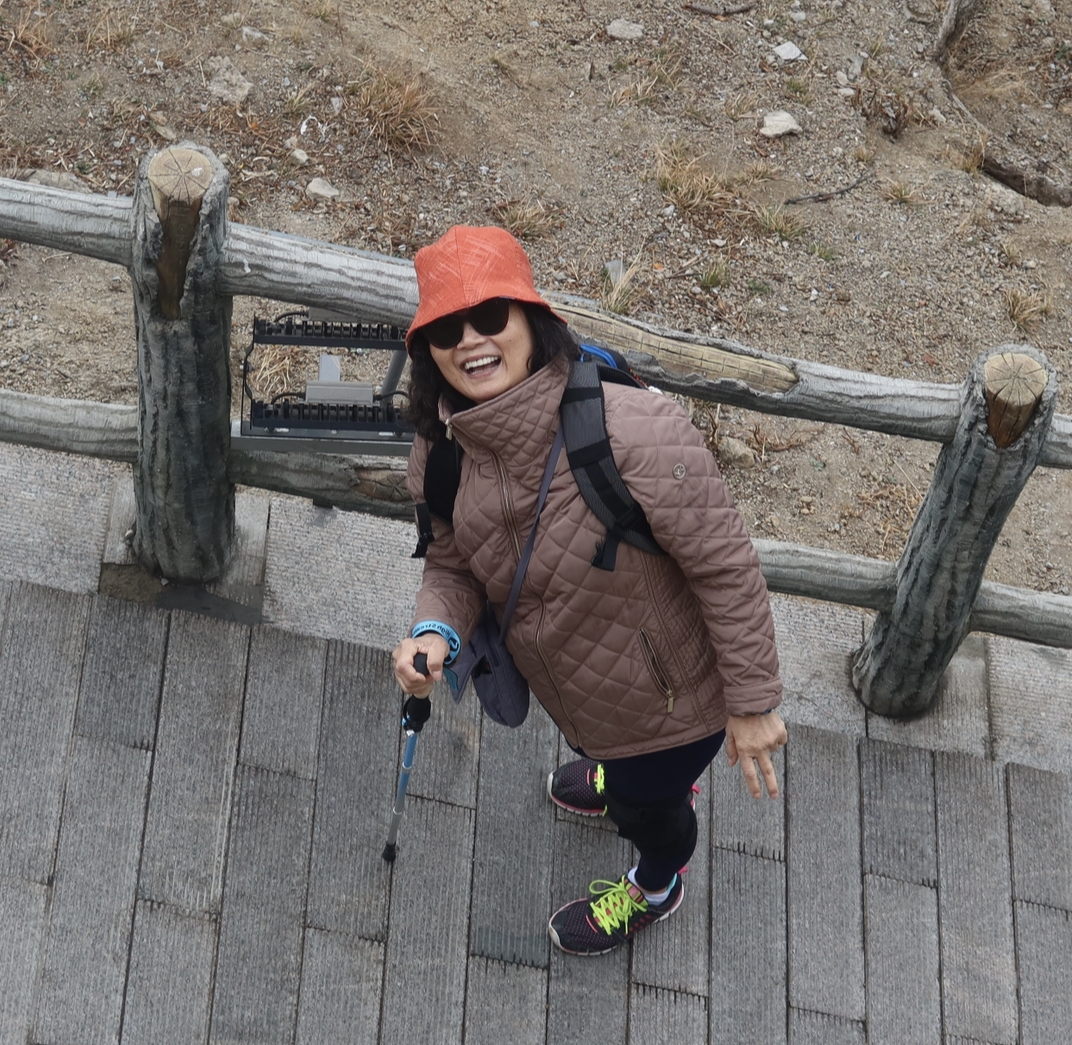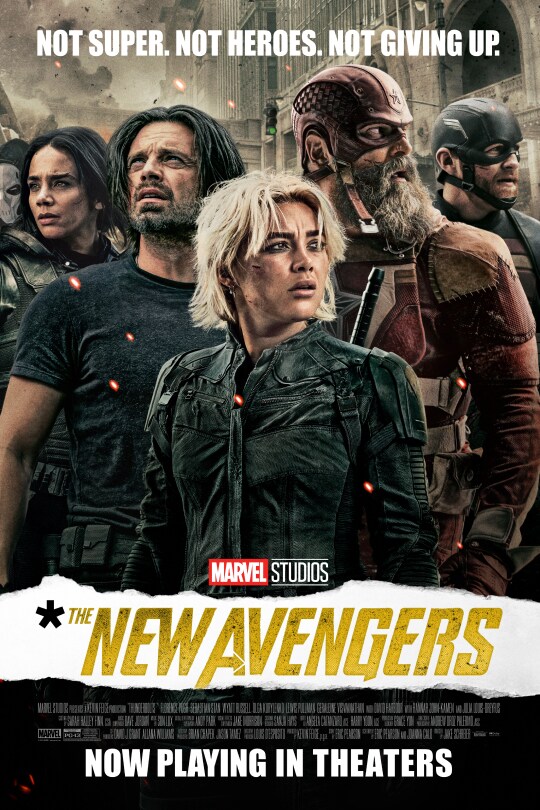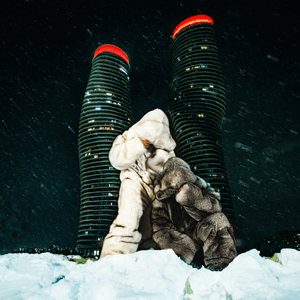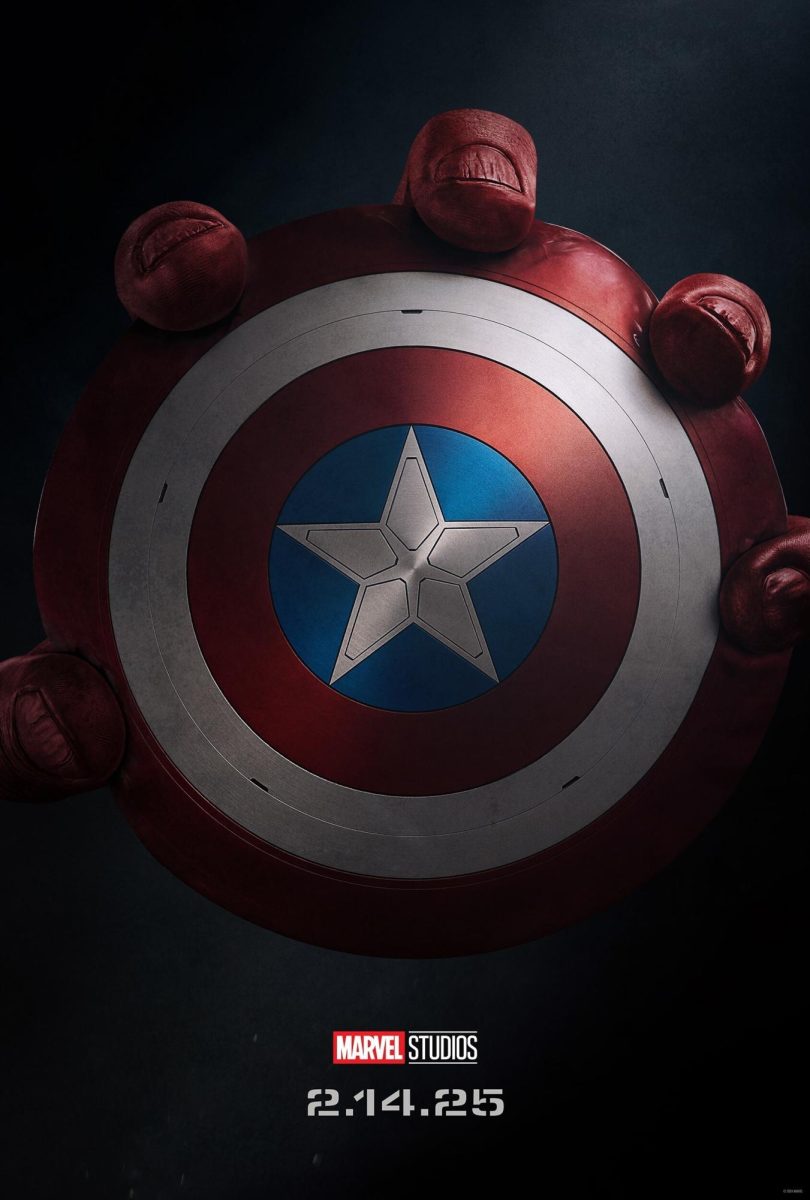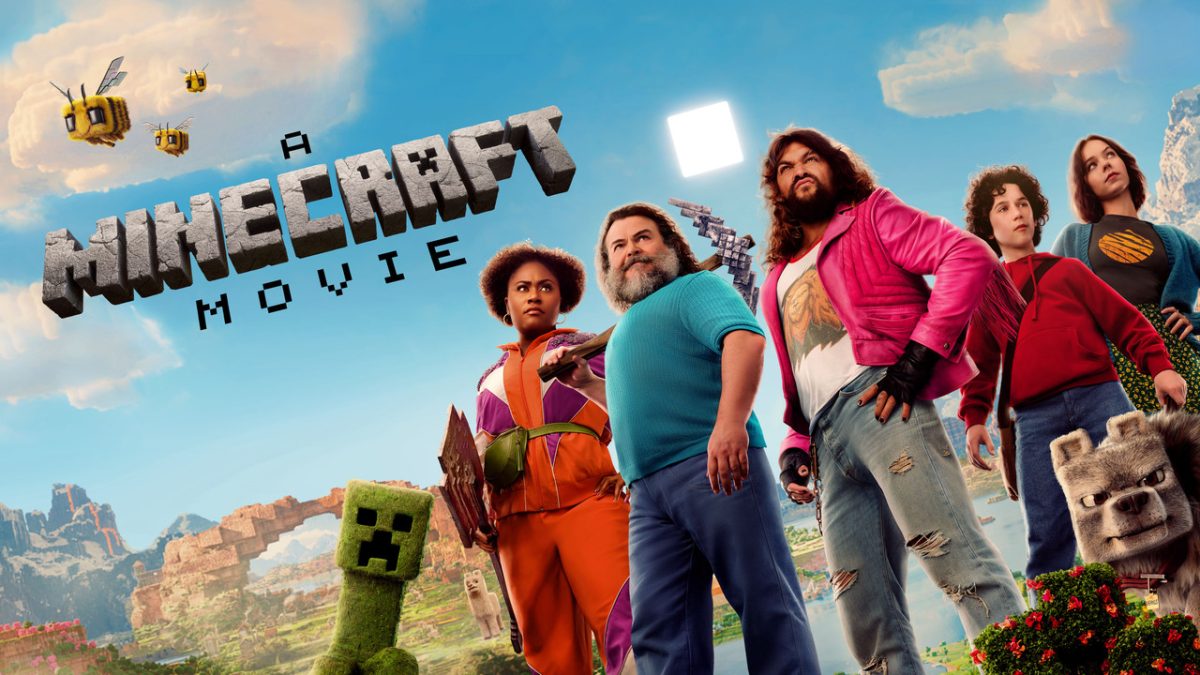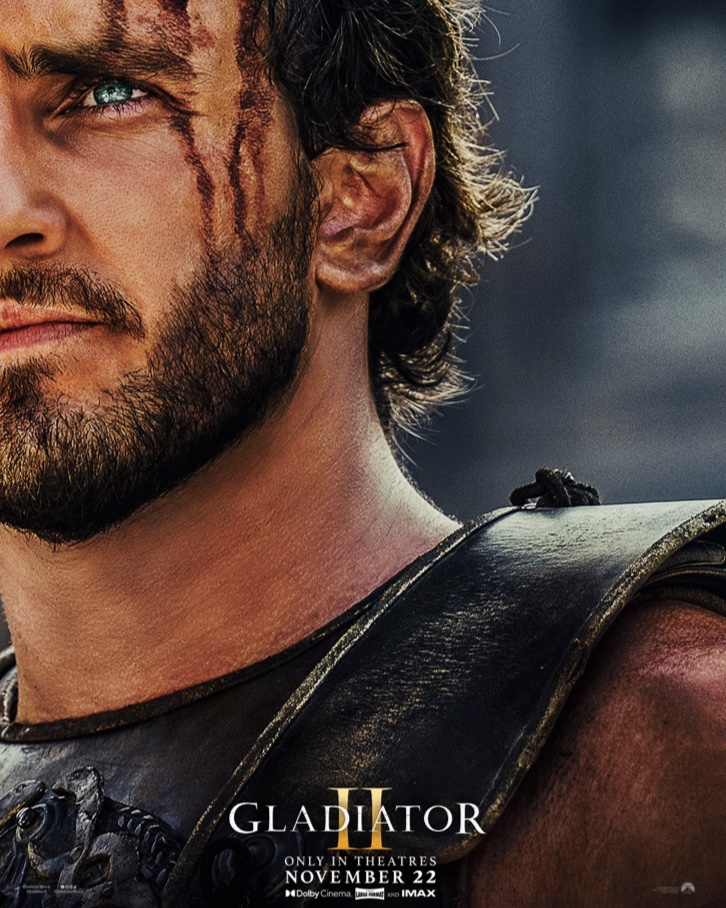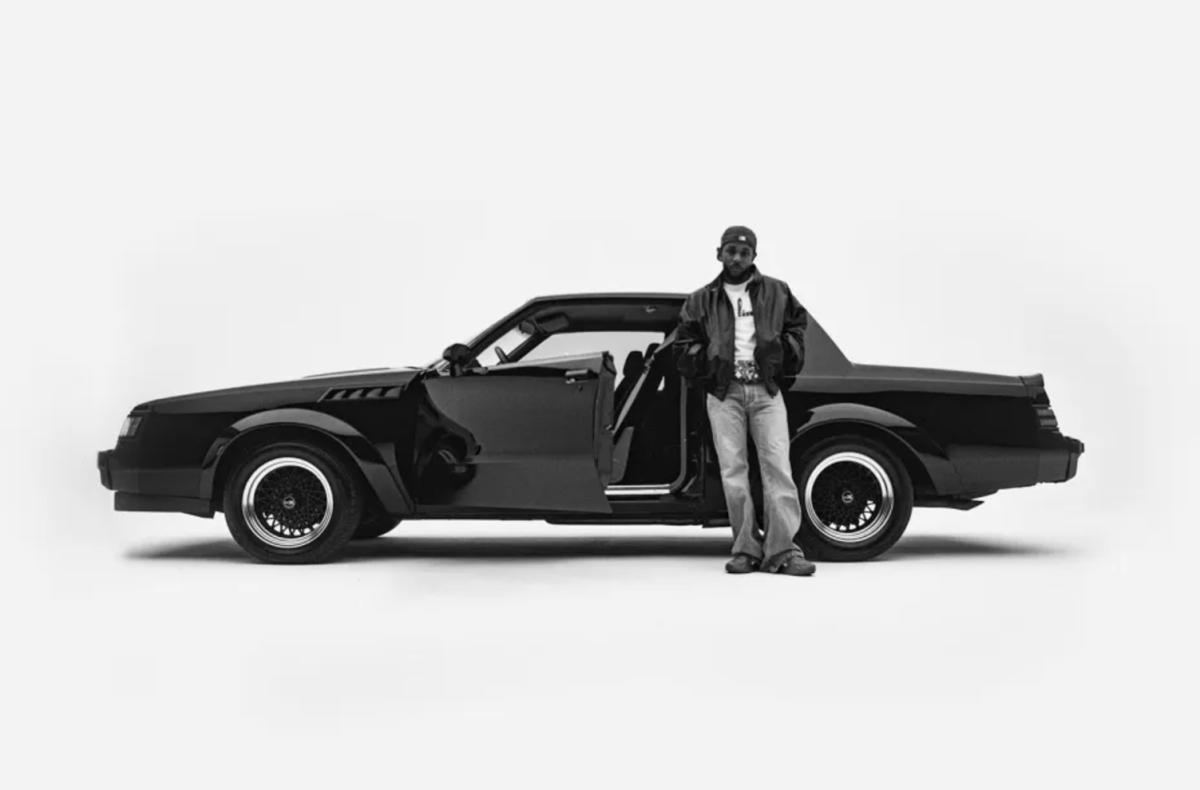Disclaimer: This article features very light spoilers for Dune: Part Two.

Dune: Part Two, based on the latter half of Frank Herbert’s 1965 science fiction epic Dune, represents a triumph not only for film visual and sound effects but for the science fiction genre as a whole. Previously regarded as a novel unfit for film by critics and fans of the series, as well as in this article by ABC, but director Denis Villeneuve vividly captures the expansive universe of Dune without sparing any expense in the acting or writing departments. Featuring an all-star cast including Timothee Chalamet, Zendaya, Florence Pugh, and Austin Butler, it was nearly impossible to pinpoint a single poor performance in the entirety of the film’s 162-minute runtime.
Chalamet, starring as Paul Atreides, the protagonist of the film, delivers a potentially Oscar-winning performance in next year’s awards, improving his performance from the first film. What jumps out about this performance, in particular, is the fact that, for much of the movie, he’s simultaneously playing two characters at once – Paul Atreides and the Messiah, or Lisan-Al-Ghaib. The steady transition from being a teenager who’s fighting to survive on a dangerous planet, to a religious figure who loses his humanity and subsequently ignites an intergalactic holy war, is kept somewhat down-to-earth by Chalamet’s performance. Especially in the second and third acts of the film, as the transition becomes much more apparent, his command of the screen truly brings the audience into the film. In addition, Chalamet’s Paul Atreides and Javier Bardem’s character, Stilgar, display great chemistry, ranging from comedic relief to a darker, more symbolic relationship towards the end of the film.
In terms of new additions to the cast, Austin Butler’s portrayal of Feyd-Rautha, one of the main antagonists of the story, was equally unnerving and transformative. In contrast to the 1984 version of Dune where Feyd-Rautha sported red hair and a more elvish look, Butler’s version was depicted as pale, bald, and much more threatening than his counterpart. This was all a part of director Villeneuve’s vision to make the main antagonists of the first two films, the Harkonnens, depicted strictly in black and white, which differs from the book and previous film.
This decision also had a large effect on the set pieces and production design of specifically the Harkonnen homeworld, Gaeli Prime. The production design features all-black buildings, distorted sound, and white suns set against a pitch-black sky, perfectly depicting the Harkonnens’ gluttony and disregard for the environment and human life through the beautifully shot gladiator-like sequence that Herbert wrote about in his original novel.
Similar to the design of Gaeli Prime in the film, technical aspects, such as visual effects, production design, and cinematography, played a huge role in the success of this film. From birds-eye-view shots depicting a group’s reverence for their Messiah to frontal views of gargantuan sandworms approaching a city, Greig Fraser, the film’s cinematographer maximized his relatively small budget. Throughout the whole film, the high-quality visuals and cinematography, used deliberately to move the story forward, kept a film that could have easily spiraled into a CGI-centric mess – such as the Star Wars sequels – into a deeper work of art that remained faithful to its subject matter.
Dune: Part Two represents a massive accomplishment in the world of science fiction by demonstrating that dealing with expansive subject matter does not have to come at the cost of quality writing and acting, or similarly high-quality CGI and visual effects. In addition to its accomplishments in the science fiction genre, I believe it places itself in the history books as potentially one of the greatest sequel films of all time, joining the likes of The Godfather Part II and Star Wars: The Empire Strikes Back. Not unlike those films, Dune: Part Two is a must-see on the largest, highest quality screen available, and with a third installment on the way, may have cemented itself as this generation’s signature Science Fiction saga.


